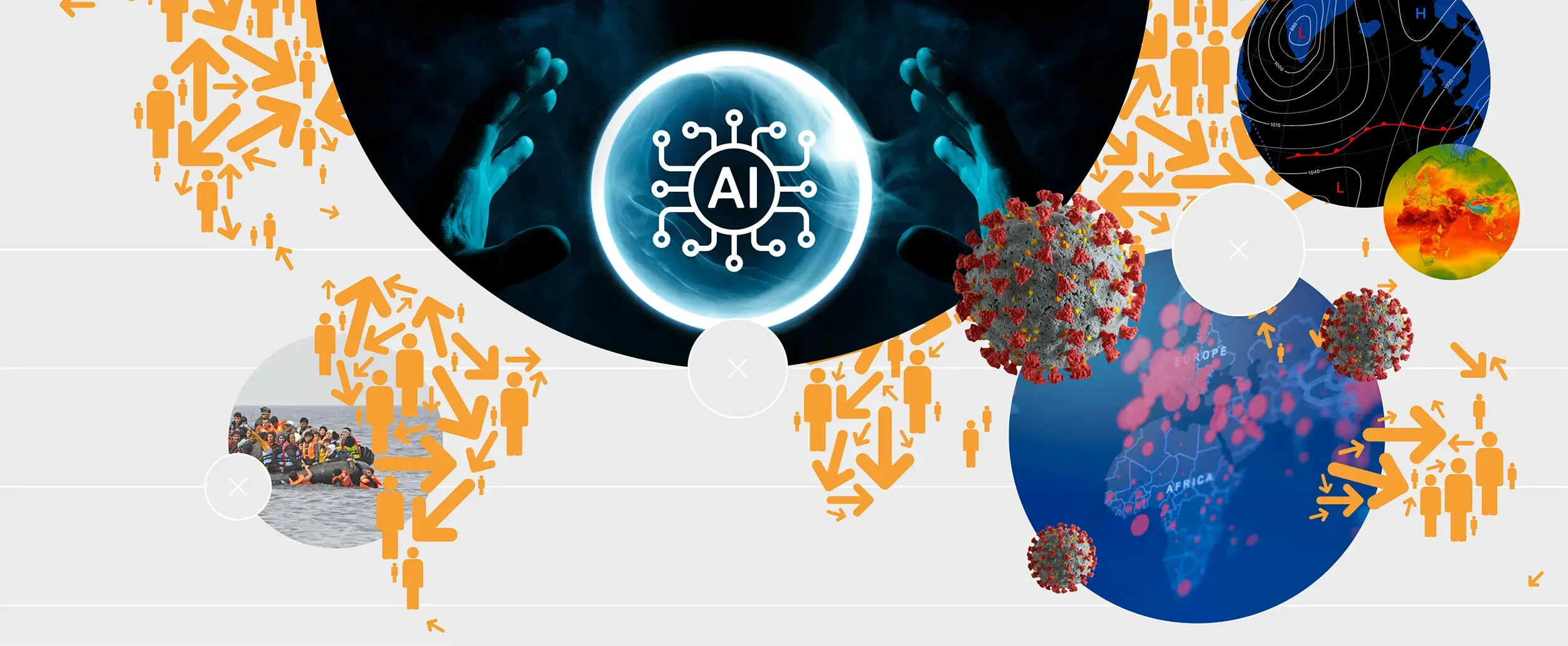Future Horizons:
10-yearhorizon
Forecasters go mainstream
25-yearhorizon
Superforecasting is widely used at the highest levels
Research is ongoing into how effectively superforecasting can be applied to domains other than geopolitics, and how it can best be integrated with expert knowledge. The ability of superforecasters to assess extreme, disruptive risks — “black swans” such as pandemics, for example — is also an area of active debate. More research and validation are needed to legitimise its use in real-world decision-making.3
Prediction markets also harness the human ability to synthesise many types of information, but do so by aggregating predictions made by many individuals (some of whom may be superforecasters).4 Participants are offered financial or reputational incentives to make accurate predictions, and market mechanisms are used to establish consensus positions on political events,5 technological developments6 and corporate strategy.7 8
The optimal design of such markets is an area of active investigation.9 One emerging model is “tournaments”, in which participants first make individual forecasts before being asked to collaborate in teams, then to assess other teams’ rationales and update their own predictions. One such tournament, focusing on existential risks, found that the predictions made by expert and superforecaster participants continued to be significantly different. 10
Superforecasting and prediction markets - Anticipation Scores
The Anticipation Potential of a research field is determined by the capacity for impactful action in the present, considering possible future transformative breakthroughs in a field over a 25-year outlook. A field with a high Anticipation Potential, therefore, combines the potential range of future transformative possibilities engendered by a research area with a wide field of opportunities for action in the present. We asked researchers in the field to anticipate:
- The uncertainty related to future science breakthroughs in the field
- The transformative effect anticipated breakthroughs may have on research and society
- The scope for action in the present in relation to anticipated breakthroughs.
This chart represents a summary of their responses to each of these elements, which when combined, provide the Anticipation Potential for the topic. See methodology for more information.



